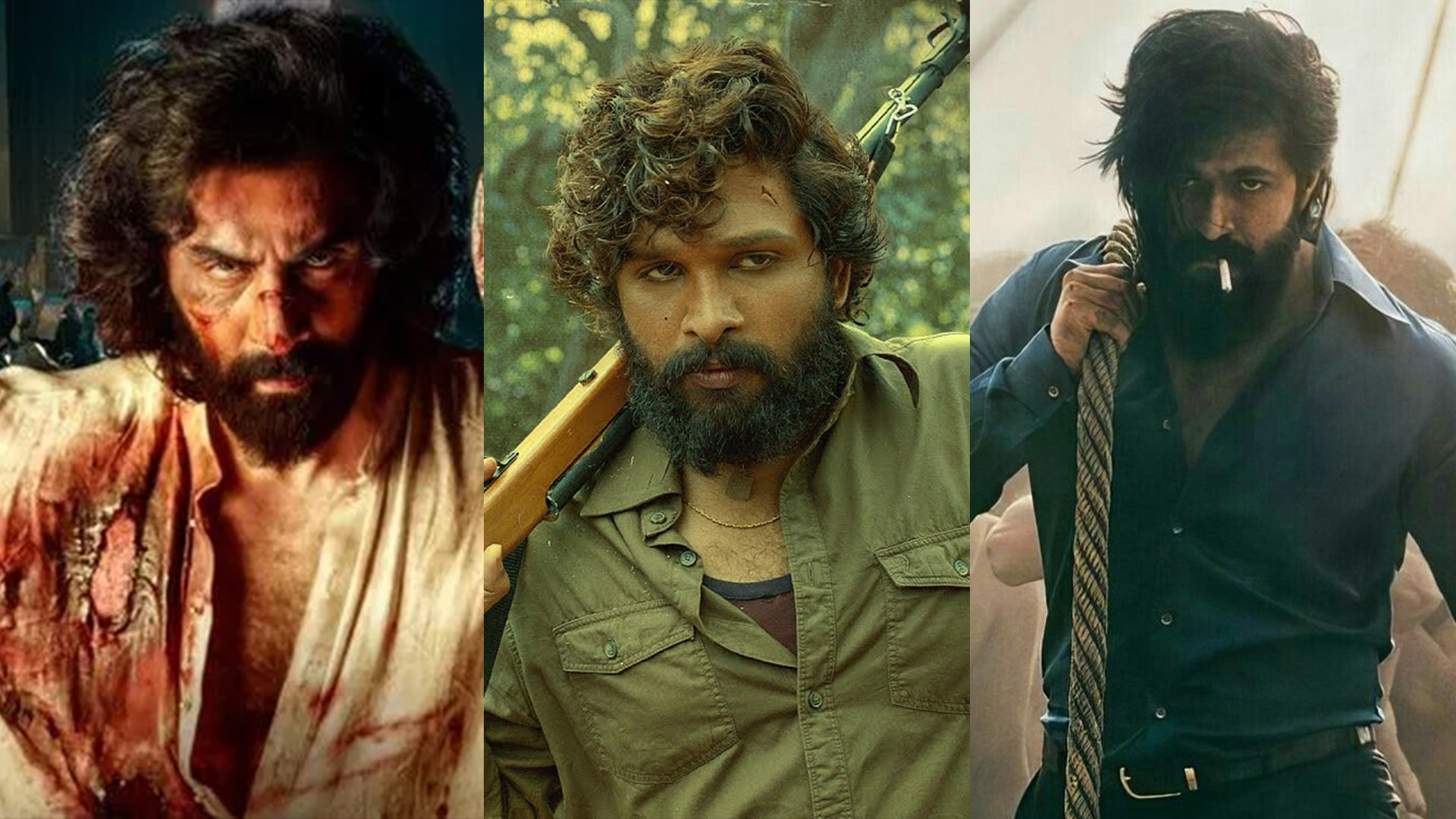MASCULINITY, MOVIES AND ADVERTISING

April 30, 2025
“Ruggedness is so charming”
“Masculinity is so male”
“This male in advertisement is so rugged”
“This advertisement is so savage”
“This savage is so Animal”
A movie like “Animal” has the highest male viewers while women are shouting hoarse about testosterone masculinity. While your feminine instincts may have felt threatened - here’s a blow!
We all have masculine and feminine traits irrespective of our gender ie. male or female (or whatever the hell of pronouns you want to use).
Animal - The movie (https://en.wikipedia.org/wiki/Animal_(2023_Indian_film) is not something new. Its toxic masculine traits have percolated in our society as it is a product of conditioned indoctrination since the time of British Raj where pants were masculine and frocks were feminine. So Victorian!
In the 1970s when advertising was cropping out on Indian soil those companies that were operating under British control slowly began to get more stronger and independent in their distribution.
One such company was VST Industries with the brand “Charminar” ( https://en.wikipedia.org/wiki/VST_Industries ) which was established on 10 November 1930 under the patronage of the Nizams of Hyderabad; particularly endorsed by the 7th Nizam, Mir Osman Ali Khan. It was the top 10 cigarette brand in the world, featuring Hyderabad’s monument Charminar and enjoying the privileges of being the Nizam’s favourite too. Not only that, there are stories of its availability for soldiers of WW2 also. Mixing all this into the package was a very well researched strategy to market this brand.
The idea of using Hyderabad’s famous monument ie. Charminar brought familiarity to the people and aristocratic heritage elements into the brand. This wasn’t something new. In fact, monuments of India, architecture and photographs have always been used in Indian advertising since British Raj.
The predominant culture of humans and materials that they use are always blended into the visual culture. Advertisements always aim to connect these two cultures and build the prevailing brand culture/value.
Appeal to prevailing authority or public figure to promote isn’t new. While the 7th Nizam was roped in to boost the production of tobacco rolled and roasted, the brand did enjoy an aristocratic patronage to influence masses.
What did Charminar do to ruffle the Masculine feathers?
Positioning the ruggedness of the brand through the dashing actor Jackie Shroff, it kept harping on - It takes a Charminar to satisfy a man like you. It worked like a charm. Everyone wanted that macho feel with Charminar.
Imagine the impact on teenagers and young adult men who want to showcase themselves as rugged, cool and so in with the trend! It was found that 80% of teenagers are influenced by brands that “satisfy” “relax” or show a “cool factor”. The burly men and their rugged masculinity can take any teenager for an unrealistic ride to freedom.
Charminar was everywhere, thanks to Jackie and people’s love for films. The brand however died in 1998-99 under the heavy impact of the dangers of cigarette smoking awareness campaigns that flooded the country. They could never come out of the huge financial losses.
Should Charminar have been there today - their toxic masculinity would not have worked anymore. One look at Gillette ( https://www.gillette.co.in/en-in ) and it can be realised that what a close shave to death it can be for a brand if they can’t better themselves. After all, what do men want? The best that a man can get!
Tags:





